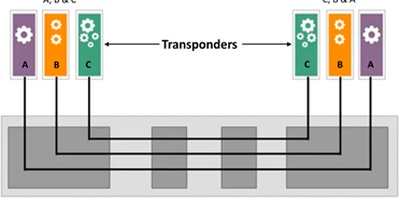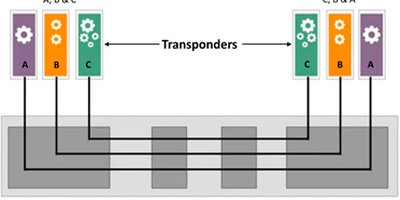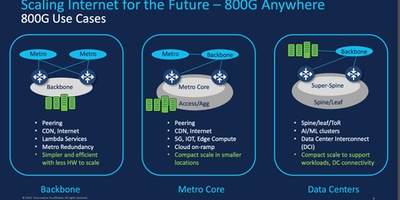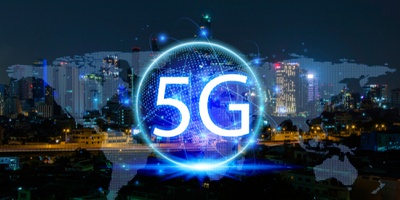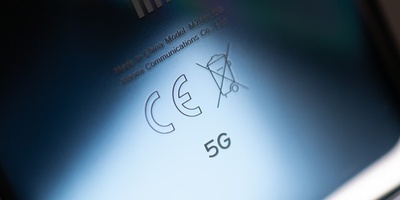The Evolution of Mobile Data Growth

According to recent data released by the Organisation for Economic Co-operation and Development (OECD) in July 2023, mobile data usage continues to climb, albeit at a slower pace. Yet, this does not suggest a stalling progression. The volume of mobile data usage per subscription has seen a twofold increase over the last four years, even as growth rates have tapered off. Data usage per mobile broadband subscription in OECD countries rose by 17% in 2022, down from an average annual growth rate of 29% observed between 2017 and 2021. The difference might seem significant, but it's essential to note that mobile data usage per subscription still jumped from 4.7 gigabytes per month to 10.4 GB in 2022, reflecting the increasing reliance on mobile data.
The volume of mobile data consumed presents a varied picture across OECD countries, ranging from 4.3 GB per user per month to a whopping 42 GB. This substantial difference of almost tenfold between the highest and lowest volumes observed is noteworthy. The five countries leading in data usage are Latvia (42 GB per month), Finland (40 GB), Austria (30 GB), Lithuania (28 GB), and Iceland (24 GB), with data consumption levels that are three times the OECD average. The data usage gap between these leading countries and the average OECD consumption has been widening consistently year on year.
Fiber Technology Dominates Fixed Broadband Segment
Although mobile data usage trends continue to evolve, the fixed broadband sector is experiencing a transformation. Fiber has emerged as the leading connection technology, accounting for 38% of all fixed subscriptions by the end of 2022, up from 28% in December 2019.

Source: OECD
In 2022 alone, Belgium, Costa Rica, Austria, and Israel grew their fiber connections by over 40%. The prevalence of fiber as a percentage of all fixed broadband now surpasses 80% in Iceland, Japan, Korea, Spain, and Sweden. It exceeds 50% in Chile, Finland, France, Latvia, Lithuania, Luxembourg, New Zealand, Norway, Portugal, and Slovenia. Contrarily, the DSL share of total fixed subscriptions continuesto to decline, from 40% five years ago to 24% today. Cable has managed to maintain a steady share over the last five years, hovering at around 33%.
The number of fixed broadband subscriptions is still on an upward trajectory in almost all OECD countries, reaching 481.6 million in December 2022, averaging 35 subscriptions per 100 inhabitants, an increase of 48.6 million or 11.2% over three years compared to the 433 million at the end of 2019. Switzerland, France, Norway, and Korea lead in penetration rates, with Switzerland topping the list with 48 subscriptions per 100 people.
Sustained Growth in Mobile Broadband Subscriptions
Mobile broadband subscriptions continue to rise despite already high penetration rates, marking a 13% increase between 2019 and 2022. The total number of subscriptions reached 1.76 billion in December 2022, up from 1.56 billion since 2019. Estonia and Japan lead in mobile broadband penetration, with 204 and 197 subscriptions per 100 inhabitants, respectively, followed closely by the United States and Finland.
The deployment of 5G continues to progress swiftly. As of July 2023, 5G was available in 37 out of 38 OECD countries. Among the 20 OECD countries that provided relevant data, the share of 5G in total mobile broadband subscriptions averaged 21%, with Denmark (54%), Korea (45%), and Japan (26%) having the highest shares.
Machine-to-Machine SIM Cards Showing the Highest Growth
Machine-to-machine (M2M) SIM cards have the highest growth rates among all indicators, recording a 14% increase within a year. Sweden, Iceland, Austria, the Netherlands, and Norway lead the growth in this segment. Sweden and Iceland have seen a surge in the issuing and registration of M2M SIM cards for international usage by their national operators, accounting for their elevated numbers.
Despite the slow-down in mobile data usage growth, there is a steady upward trajectory in overall consumption. The widespread adoption of fiber technology, the sustained expansion of mobile and M2M subscriptions, and the continuous roll-out of 5G underscores the relentless march toward a more digital and connected world.

